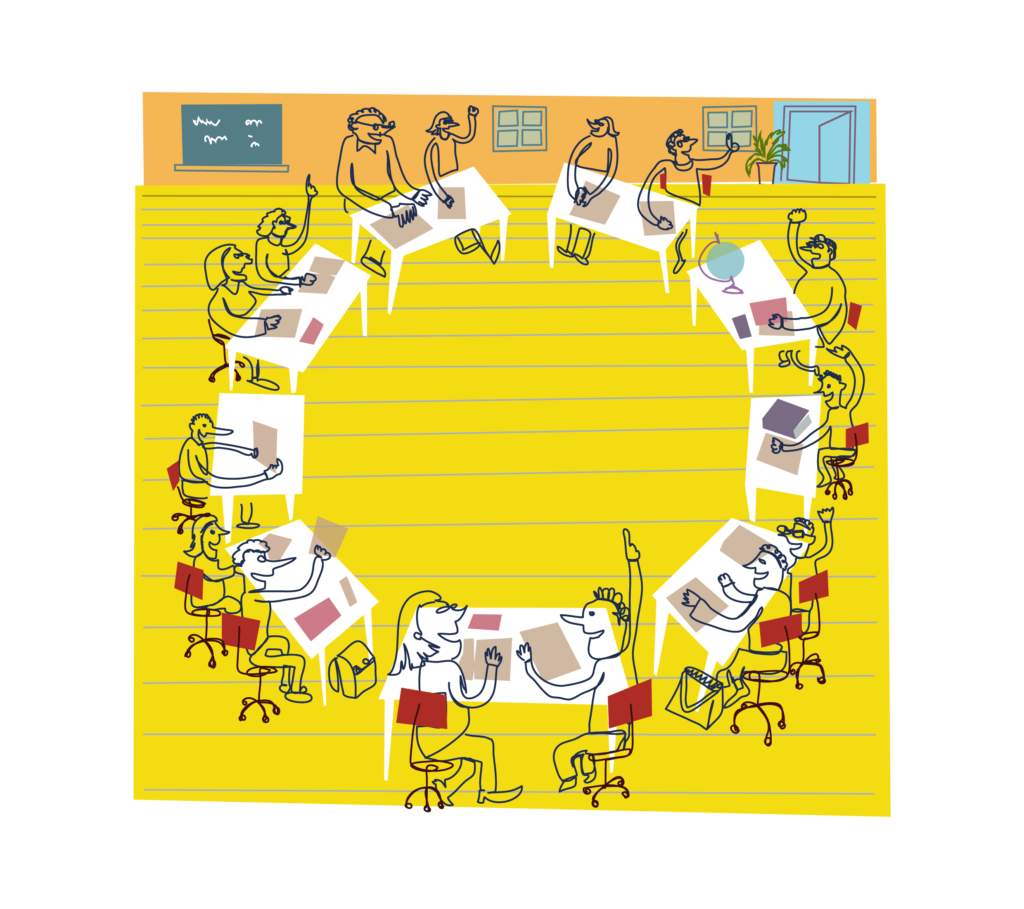Managing controversial issues in the classroom – Teacher roles
Living Democracy » Principals » CONTROVERSIAL ISSUES » Handling controversial issues safely » Managing controversial issues in the classroom – Teacher rolesLike everyone else, teachers are entitled to their own views. But this does not necessarily mean they should share them with their students, or that they should favor views in accord with their own. So, whose side should a teacher take in a classroom discussion?
It is not a question of taking one side or another. The aim is to help students learn. To help them do this, there is a range of roles that a teacher can play in the classroom. Here are six different roles and the situations in which you might use them.
‘IMPARTIAL CHAIRPERSON’
Ensure that all students are able to express a view, but make no comments
Adopt this role when students are well-informed and the discussion is evenly balanced
‘DEVIL’S ADVOCATE’
Take an opposite view to the one expressed by students
Adopt this role when most of the students express the same opinion
‘ALLY’
Take the side of one individual or a specific group of students
Use this strategy to support weaker students or a marginalized group
‘PUBLIC AUTHORITY’
Inform students about the official view
Adopt this stance to deal with a question of human rights, formal school policy or a government decree
‘EXPLAINER’
Set out a range of different options and arguments
Useful when students are unaware of different positions or of supporting arguments
‘CITIZEN’
Adopt this role to make your own views known
Use this strategy when your impartiality is questioned by students


